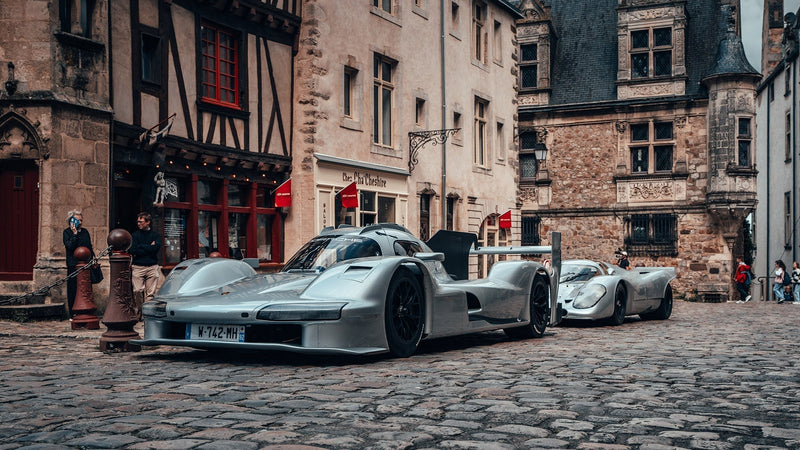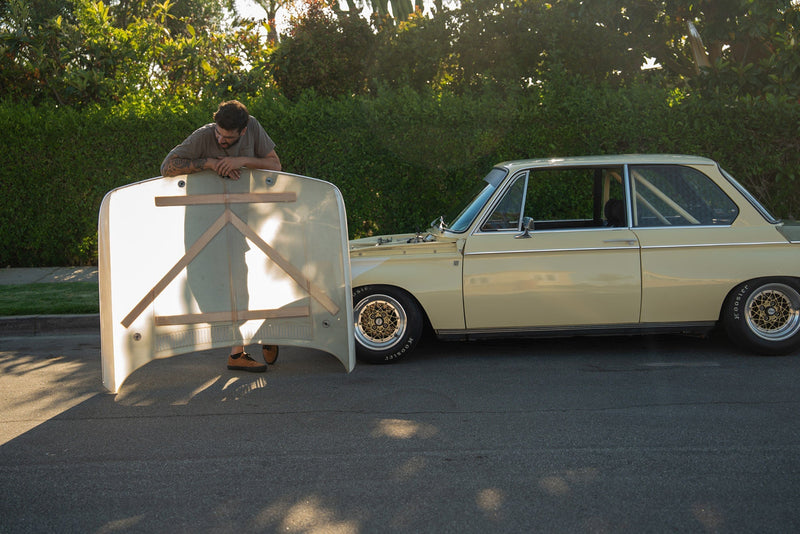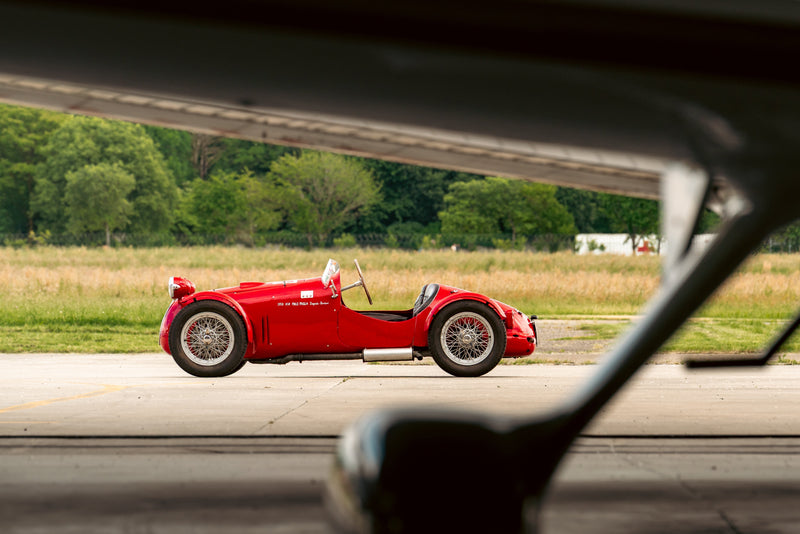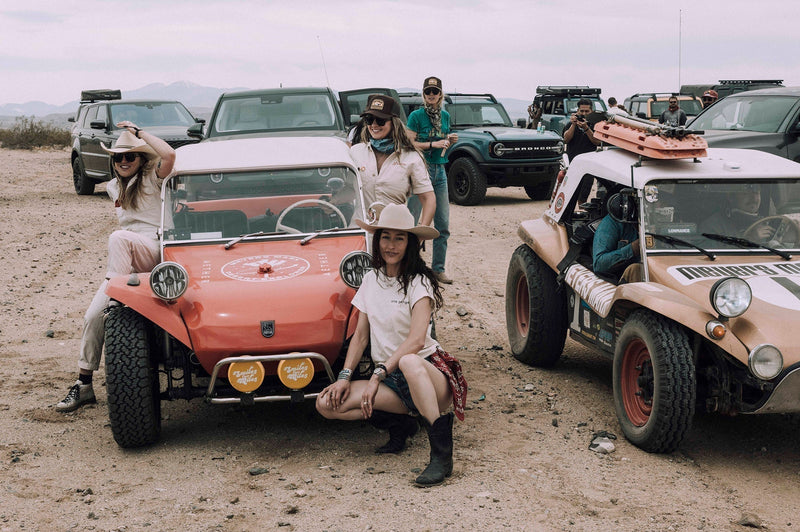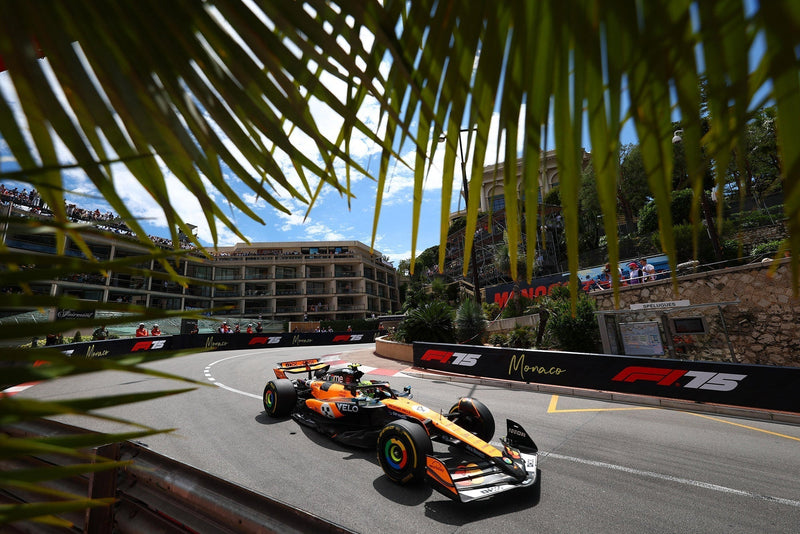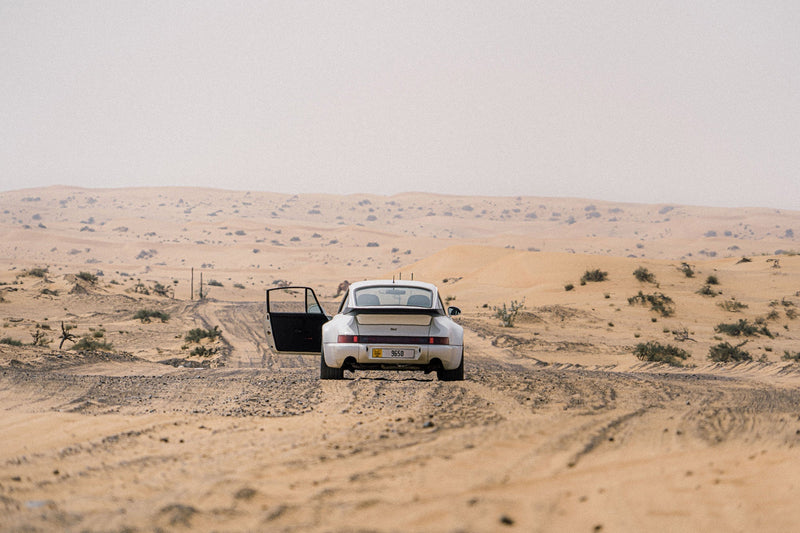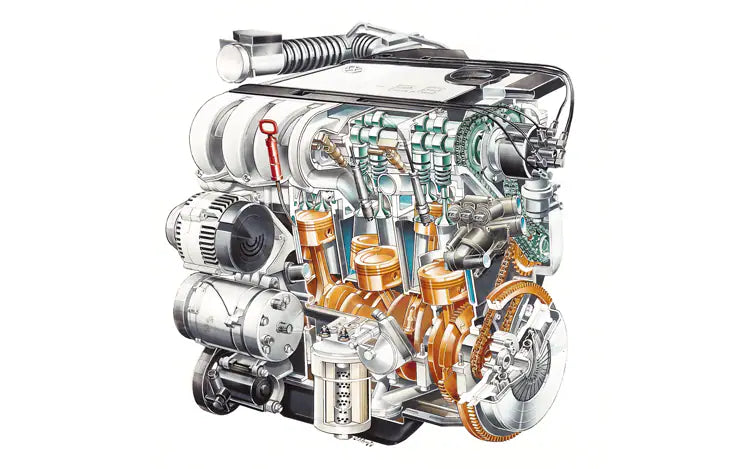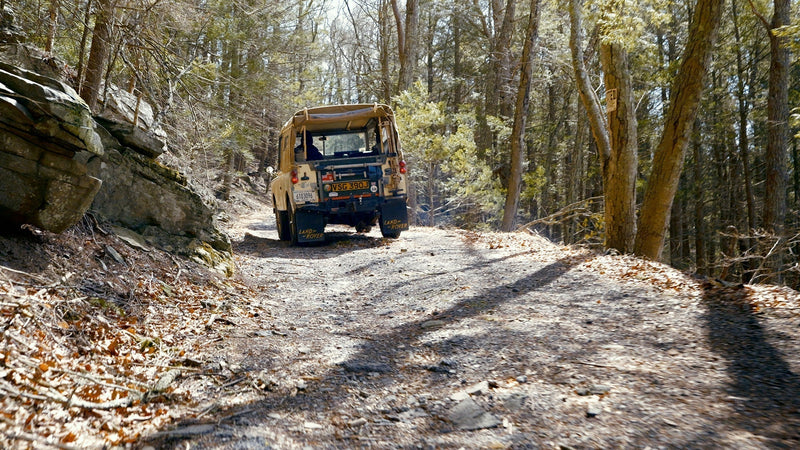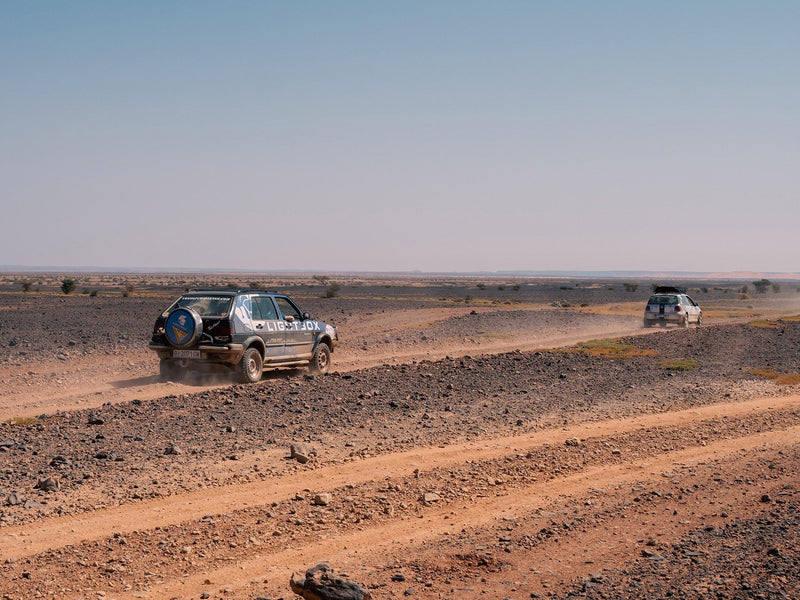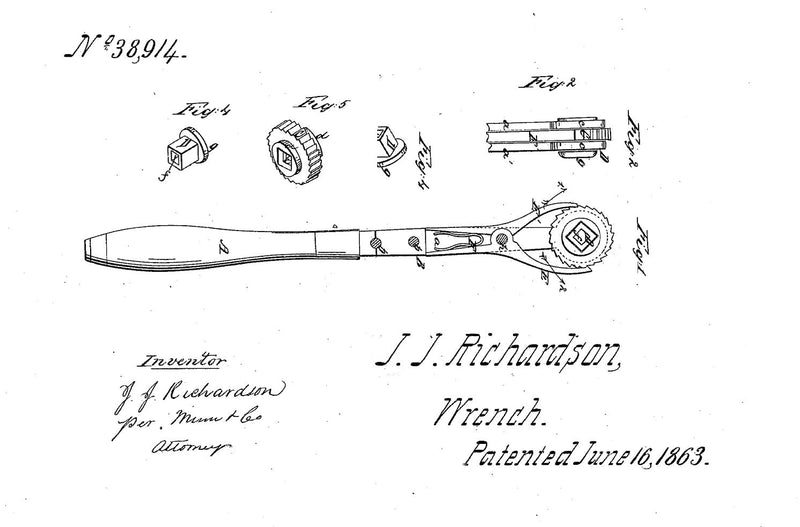Tony Parkinson has been an Austin-Healey enthusiast for a long time. First contact came in the form of a 100S he spotted as a 10-year-old, and as proof of that moment’s staying power, 43 years later Tony would get the keys to the same car. In addition to fulfilling his childhood street car dream, he also owns the race car featured in today’s film, an ex-works Austin-Healey 3000 MkII Sebring.
One of just three built to contend the 12 Hours of Sebring in 1963, these cars were originally taken off the assembly line and put through a comprehensive upgrade regiment of non-homologated parts that saw the “Sebring-spec” 3000s racing in prototype classes. In today’s film, we catch up with Tony and this remarkable piece of Healey history to enjoy the rare treat of taking a proper factory-built race car onto the track. It’s a more than half-century-old piece of proof that the point of racing cars isn’t about lap times, even though in their own era these cars were often class-win contenders. Besides that, the Healey name appeared on podiums well before the popular post-war 100s and 3000s.




Donald Healey, a skilled engineer, mechanic, and pilot who’d flown in the first world war, would ditch the more “civilian” work in his garage in pursuit of a more exciting career with cars, namely in motorsport. He used his workspace to tweak and prep cars for competition, and was a successful rally driver himself who won at places like Monte Carlo and elsewhere before officially establishing the the car company that bore his name in 1945.
Healey cars helped define a new standard of luxury locomotion on the pricier side of the post-war auto market, and still continued to perform admirably when it was time to go racing (and with a number of different power plants under the hoods no less), but it wasn’t until the first of the so-called “Big Healeys,” the Austin-Healey 100, that the brand became a relatively affordable entryway into sports driving on the road and racing on the track. That said, the factory efforts in motorsport weren’t abandoned.




In 1962 for instance, under the British Motor Company umbrella like so many other marques back then, Healey was given a budget to prepare a works effort for the upcoming 1963 Sebring 12-hour endurance race in Florida. Pulled from the factory line as mostly-bare shells, the three Healeys to be sent to Sebring were then fitted with close-ratio gearboxes connected to more powerful inline-six engines (thanks chiefly to a new cylinder head design with a high-lift cam, high-compression pistons, and a triple carb setup). Steel panels were swapped for lighter alloy versions, interiors were stripped down to essentials, bodywork was cut and vented to keep the mechanicals cool, and disc brakes and lightweight center-lock wheels whittled down the unsprung weight.







At Sebring the two Austin-Healey 3000s entered by Donald Healey’s team finished strong, taking the 3rd and 4th positions in their class (the 1st and 2nd-place finishers, a pair of Ferrari 250 Ps, took 1st and 2nd in the race overall), and beat everything from E-Types to 250 GTOs to Stingrays. More than 50 years later and on the other side of the world in Australia, Tony Parkinson makes sure that his ex-works Healey gets the track time it deserves.
Drive Tastefully®






























